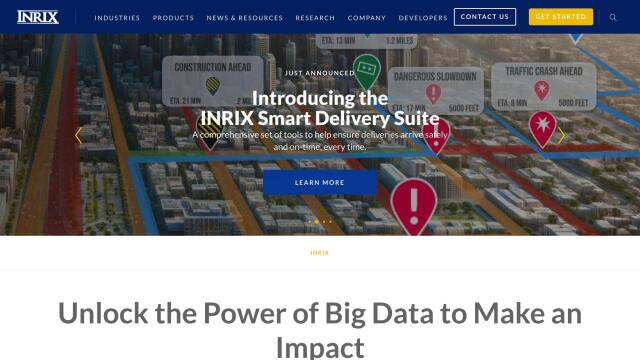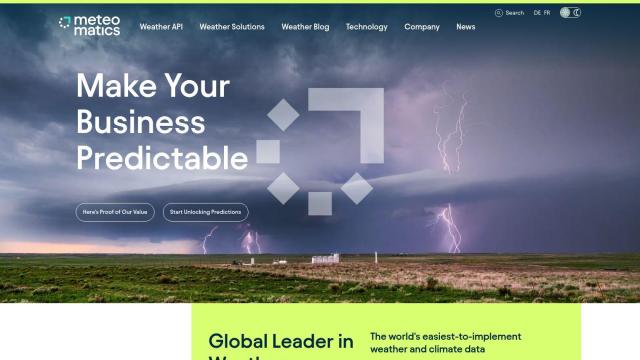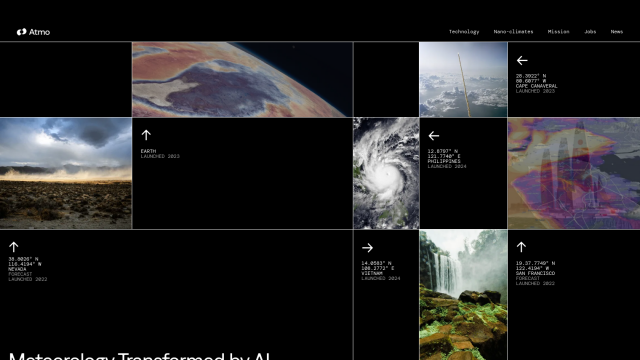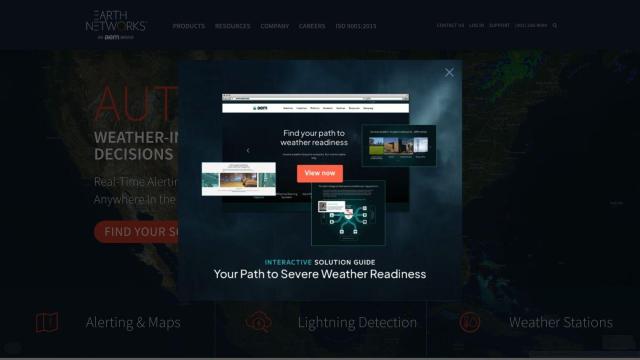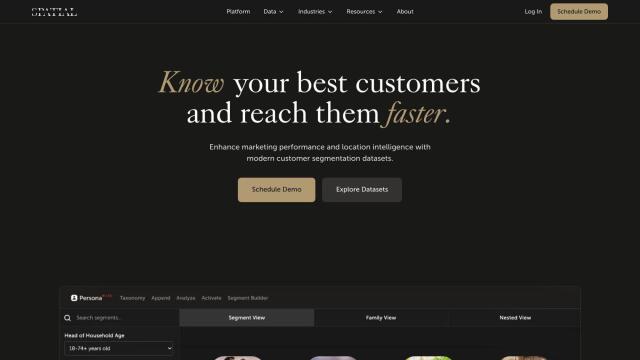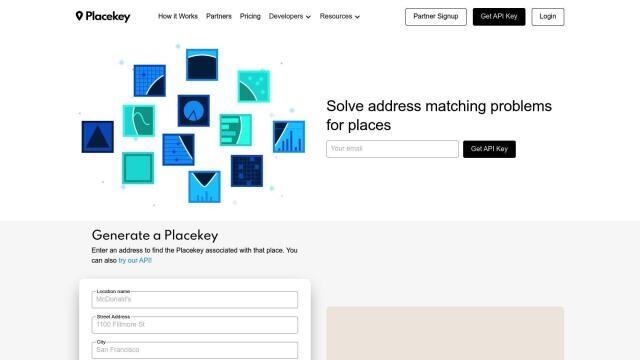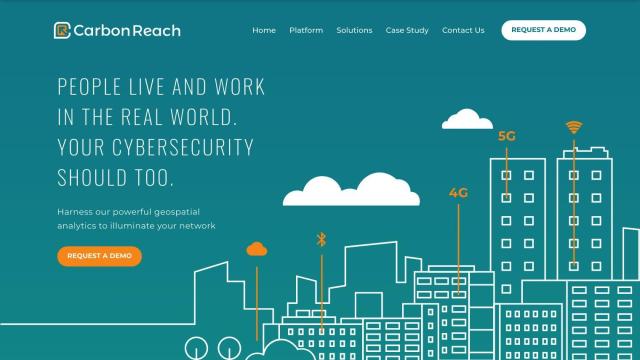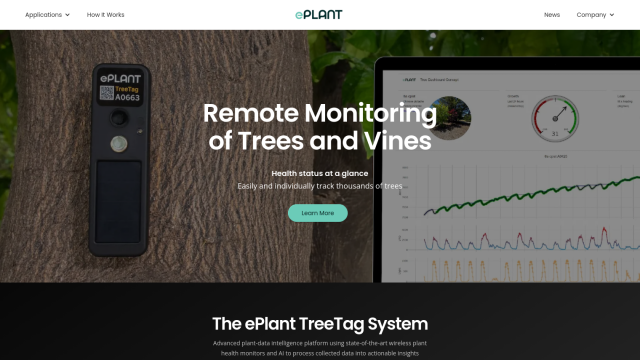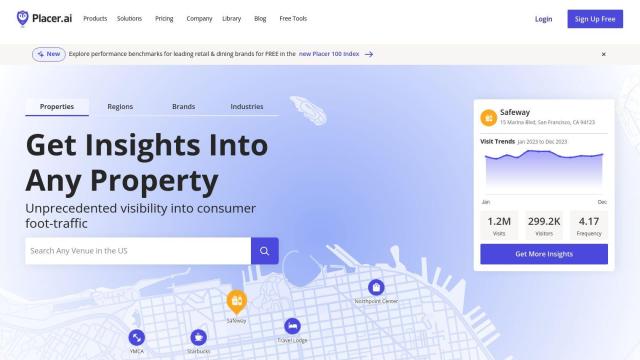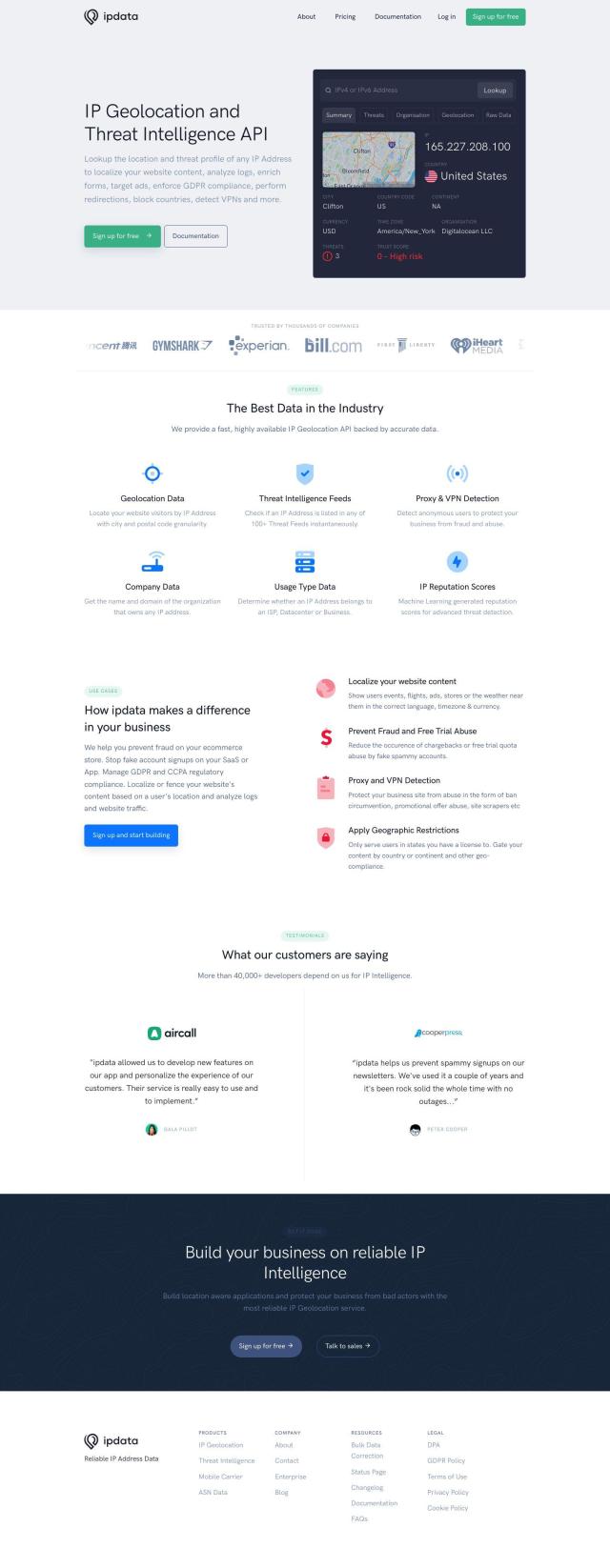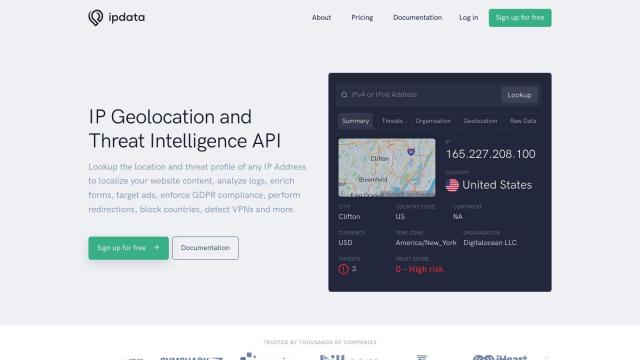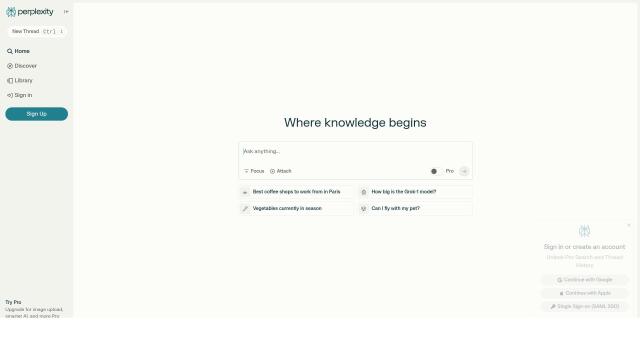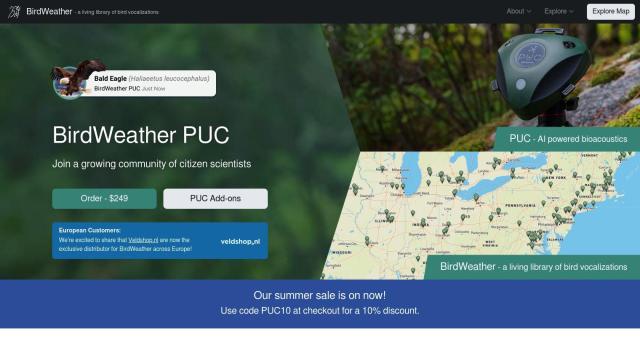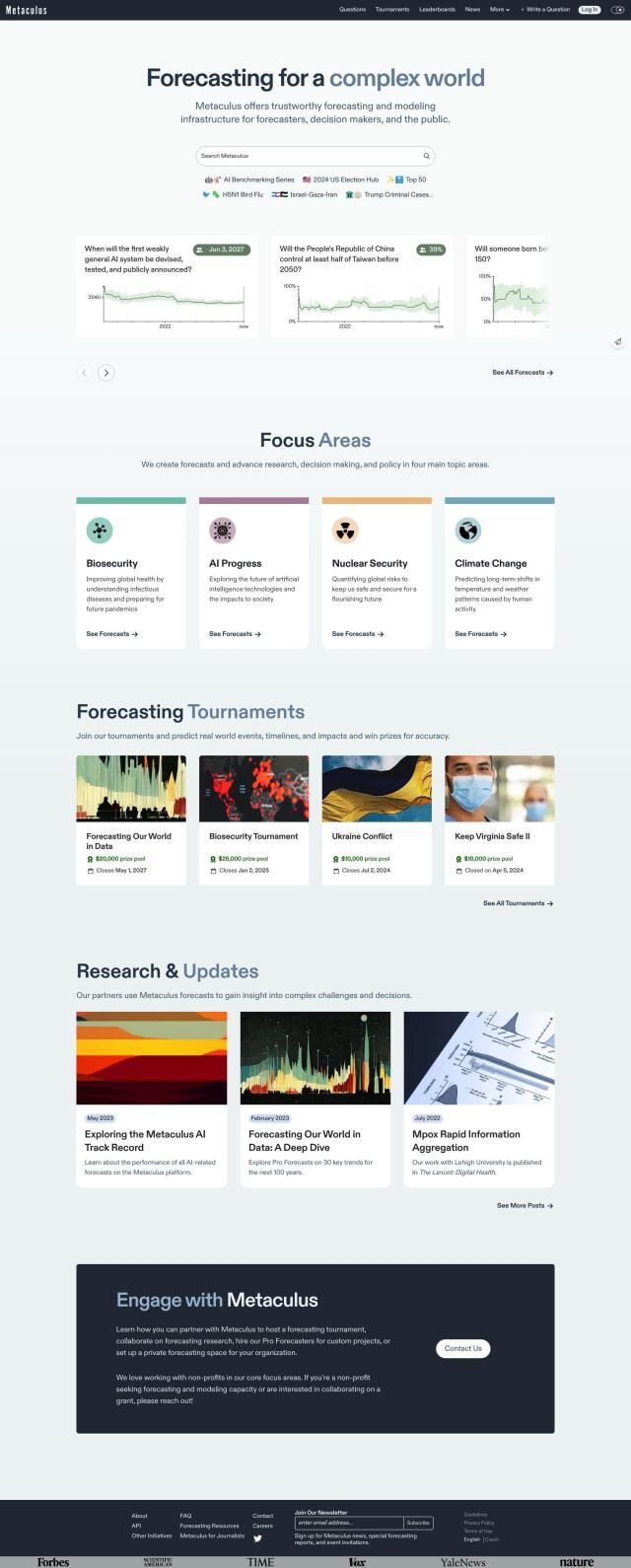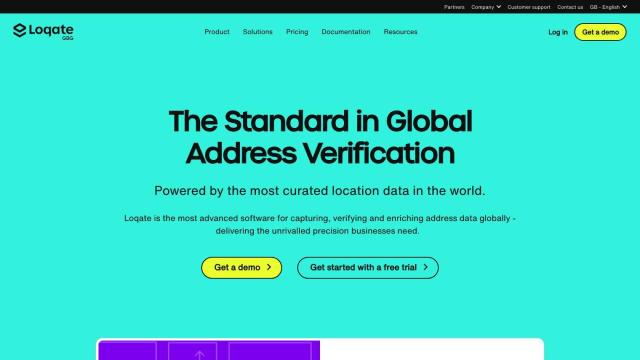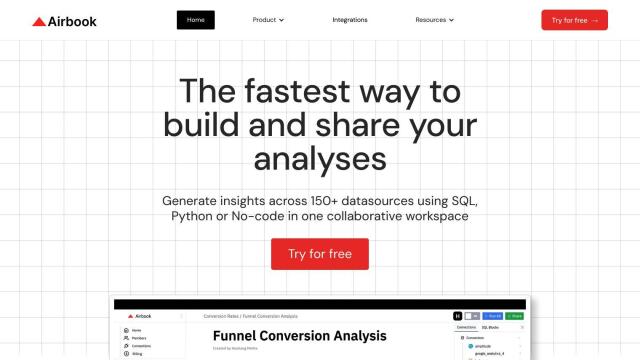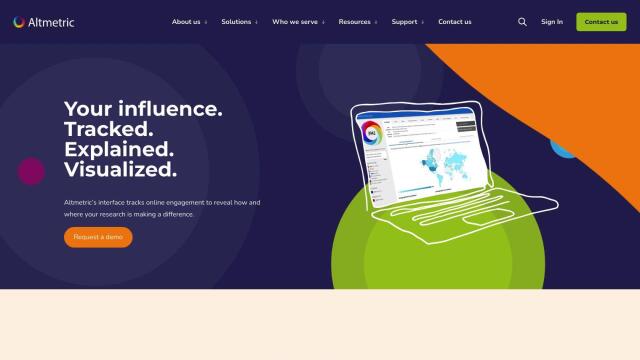Question: I'm looking for a system that can help identify air pollution hotspots and trends in my local area.

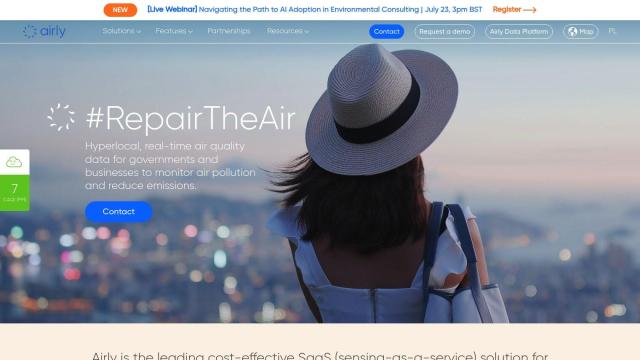
Airly
If you want a system to spot air pollution hotspots and trends in your area, Airly is a good option. It offers real-time data from a network of sensors that measure particulate matter, gases and other pollutants. The service includes a mobile app for easy access to air quality information, forecasts and customizable alerts. It also offers data-driven decision support with software for data analysis and visualization, making it a good option for governments, companies and communities.

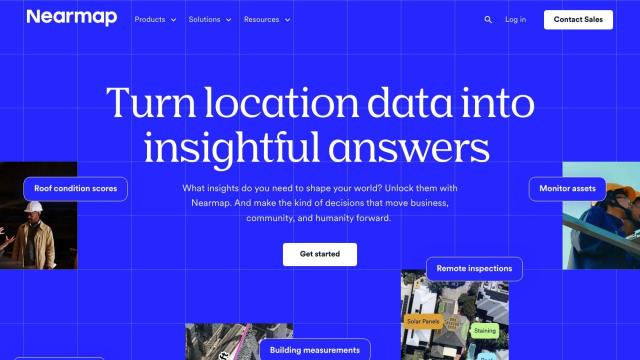
Nearmap
If you want a more general-purpose environmental monitoring tool, Nearmap offers high-resolution imagery and geospatial tools. It's mostly designed for 3D modeling and AI predictions for things like construction and real estate, but its near-infrared imagery can be useful for environmental monitoring. It could be a useful adjunct to Airly, offering you more visual context about your surroundings.
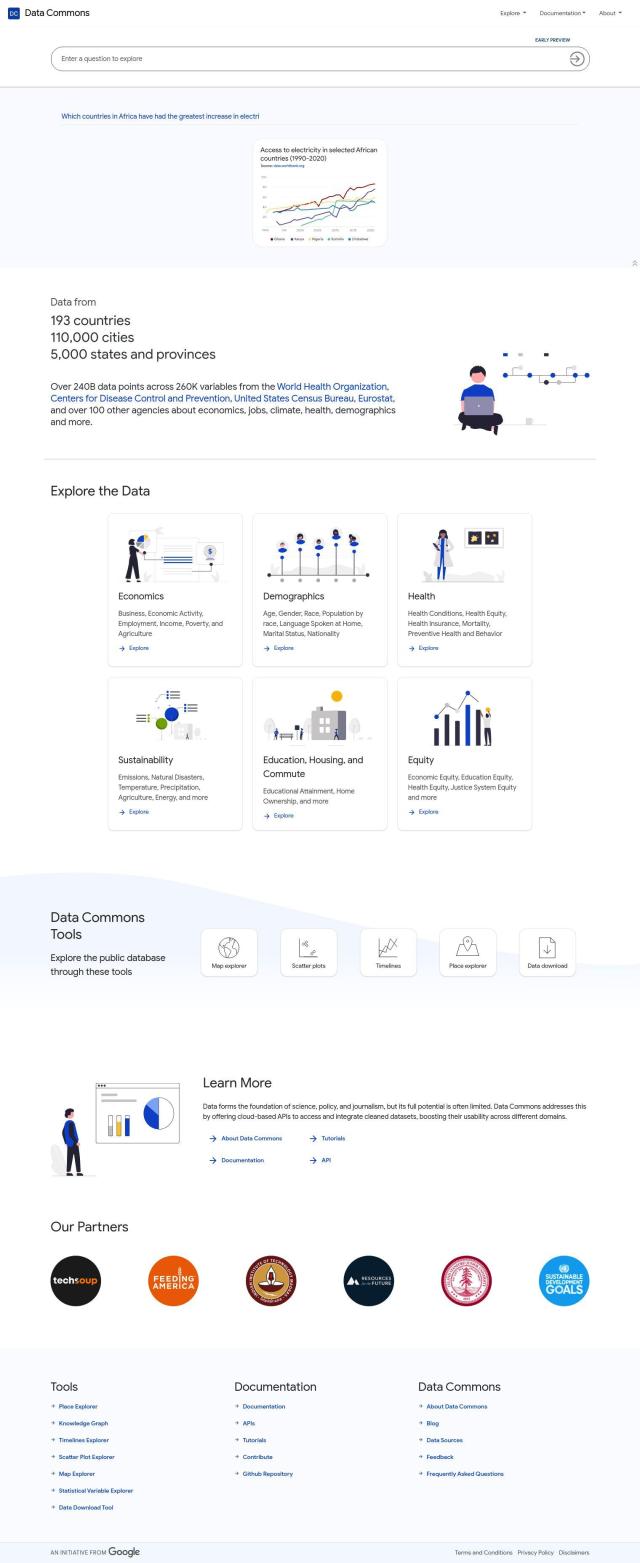
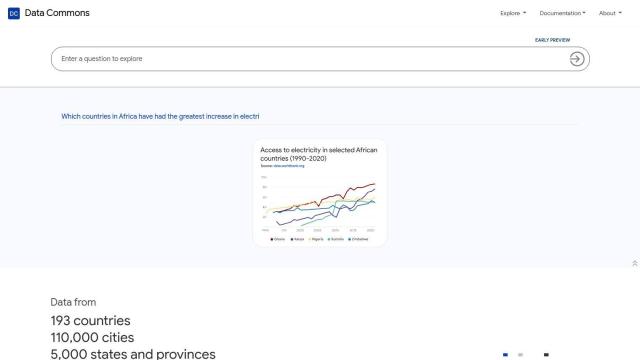
Data Commons
Another option is Data Commons, a public repository of data aggregated from more than 193 countries. It covers a lot of subjects, including health and sustainability. You can browse the data with tools like maps and timelines, and download it for closer examination. That could be useful if you want to see how air pollution trends and patterns change over time and geography.


Mapbox
Last, Mapbox offers customizable maps and advanced navigation features that you can customize to include air pollution data. Its APIs and SDKs let you add your own data and show it on interactive maps. That can help you get a better view of air pollution hotspots and trends, and better understand the data.

